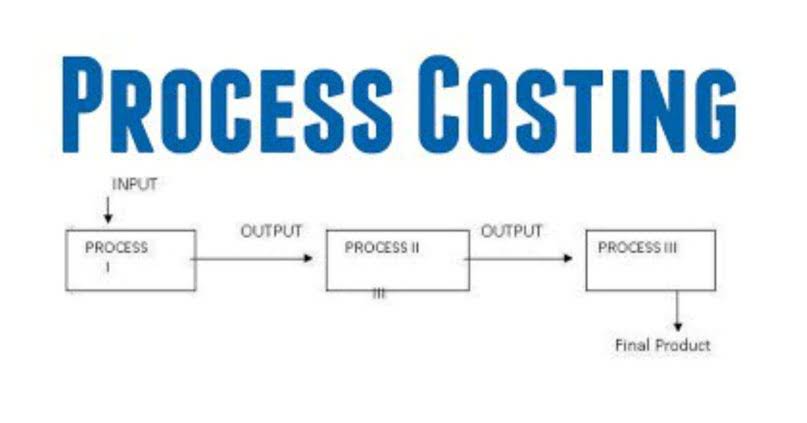
They’re easy to fill out but also contain essential information the bank needs to fulfill the transaction. Modern banking often happens online, but the bank requires the same information —whether online or standing before a teller. Learning how to fill out a bank deposit slip correctly is crucial for bank transactions. Some banks and credit unions will let you make an in-person deposit without a deposit slip if you use a debit card.
Alternatives To Traditional Deposit Slips

A bank deposit slip is a printed form provided by banks that allows customers to deposit money into their accounts. It includes fields for essential information such as the account holder’s name, account number, date, and the amount being deposited, with sections for cash and checks. Deposit slips serve as records of transactions and help ensure accurate processing by the bank.
Get up to $300 when you bank with SoFi.
According to federal law, banks must maintain how to write a deposit slips representing transactions over $100 for at least five years[1]. The account number must be written at the bottom of the slip where indicated if the customer uses a deposit slip provided by the bank. The deposit slip informs the teller of the bank account number to which the funds should be credited. Having a copy of your deposit slip form is good for record-keeping use. Typically, when you use a deposit slip provided by your bank, you’ll get a receipt from the bank with just the total amount. When you print with online software, you get to keep an itemized copy of your deposit slip independent from the bank.

Make your money work for you
Finder.com is an independent comparison platform and information service that aims to provide you with the tools you need to make better decisions. While we are independent, the offers that appear on this site are from companies from which finder.com receives compensation. We may receive compensation from our partners for placement of their products or services. We may also receive compensation if you click on certain links posted on our site.
- Generally, when you order a set of checks from your bank, a pad of deposit slips will be included in the checkbook.
- Below, we break down how to fill out a deposit slip in more straightforward steps.
- So, the cash portion of your deposit would be $20.25, your first check would be $50, and your second check for $35 would be on the third line.
- This is the total amount of currency (bills and coins) that you have for the deposit.
- Modern banking often happens online, but the bank requires the same information —whether online or standing before a teller.
Add Up the Deposits for a Subtotal

Total deposit is the amount you are depositing into your account minus the cash you are taking back. Once you have filled in this section of the deposit slip, you can start writing in the other fields. Once you list your deposit items and subtract your cash back if desired, write the subtotal at the bottom. Using the example above, the total would be $105.25 if you decided to take no cash back. Signing the slip is required if you are getting cash from your deposit.
- Read on to find out how to properly fill out a checking deposit slip.
- If you’re not depositing any cash, leave the cash boxes blank.
- Having a copy of your deposit slip form is good for record-keeping use.
- One way to do this is by outlining all payment methods you accept on your invoices.
- If you want to score bonus points with the teller, enter your deposit amounts in dollars and cents.
Fill In the Cash Amount

You have to fill out this form correctly with your account number, name and other information. The categories include type of item, and if it is a cheque or cash and which bank it is from, such as a local bank or not. Some financial institutions might even allow ATM or mobile deposits of cashier’s checks. You typically only need to sign a deposit slip when you want cash back from your deposit. If you’re only depositing funds, you don’t need to sign the deposit slip.

You can read more about our editorial guidelines and our products and services review methodology. The routing number is a unique nine-digit number that essentially acts as the digital “address” of a bank. It identifies the bank where the checking account is located. The routing number can be found in the lower left corner of a check. You may be able to list more checks on the back of a deposit slip if you run out of slots in the front.
Benefits Of Deposit Slips
- Deposit slips are often a basic part of banking, but you may not know how to use them in this era of online financial accounts.
- ✝ To check the rates and terms you may qualify for, SoFi conducts a soft credit pull that will not affect your credit score.
- There is a space on the back of checks at the top for your signature.
- You have to fill out this form correctly with your account number, name and other information.
- Include the check number and the amount of each check separately.
- The bank clerk typically verifies the funds received for the deposit against the amounts listed on the deposit slip to ensure that they match.
- The bank deposit slip has been around as long as there have been banks.
